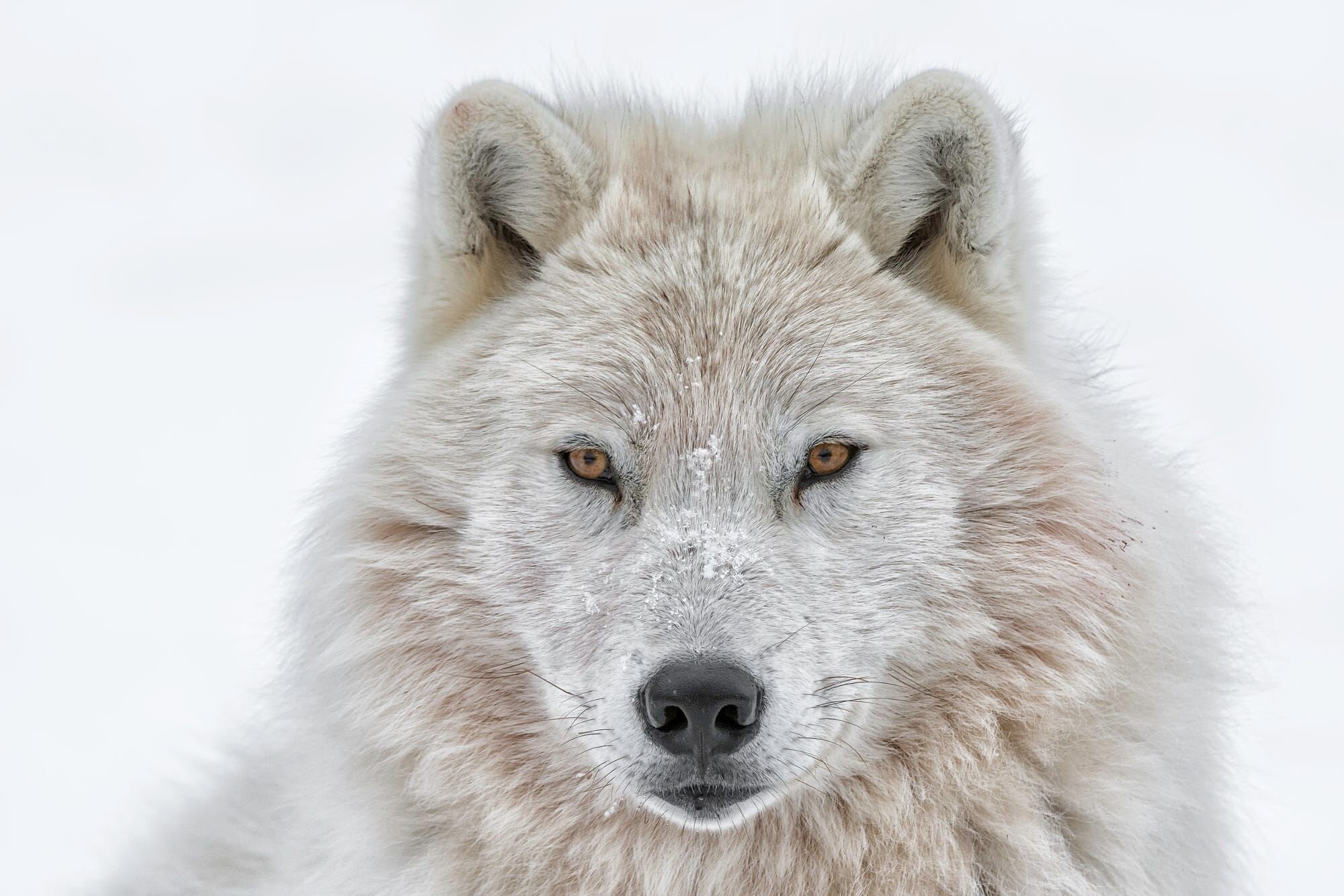
About Shamanism
Shamanism is an ancient practice of entering into an altered state in order to communicate with the spirit world and effectuate healing. Anthropologists studying indigenous cultures around the world have found remarkable similarities in shamanic methods and teachings: Using sonic rhythm, the shaman shifts consciousness in order to journey into "non-ordinary" reality, where he can meet with power animals and spirit guides that guide him in his work.
The altered state experienced by the shaman has much in common with the hypnotic trance, and many clients I've worked with have had spontaneous shamanic experiences of self-healing in hypnosis, although they may be unfamiliar with shamanism.
Shamanism has become more known in North America thanks to the respected anthropologist, Michael Harner, PhD, who studied indigenous cultures around the world and developed Core Shamanism, a set of techniques based on practices that can be found around the world. While Harner advocates drumming as the main tool to experience shamanic trance, I've found that some clients prefer gentle music and others may find that hypnosis itself suffices.
What Happens in a Shamanic Session?
I guide clients as they travel to spirit realms. There they connect with power animals and spirit guides in order to ask for guidance. In our session, I teach or support processes such as journeying, power animal retrieval, and examination of soul contracts.
Simultaneously, I am working with my own helping spirits to effectuate healing for my clients. This may involve soul retrieval or energetic balancing with Alberto Villoldo's illumination technique.
I routinely integrate shamanic practices with the classic methods of hypnotherapy, such as past life regression, emotional clearing, and personality parts dialogue.
My Approach to Shamanism
There have been three main influences on my own approach to shamanic work: Michael Harner's Core Shamanism, Lakota practices I learned from Ellen Fishburn, and the shamanic training I've received from Greg Harper at the HCH Institute in Lafayette, which includes practices from Peruvian and Amazonian tribes as reported by the anthropologist Alberto Villoldo.

